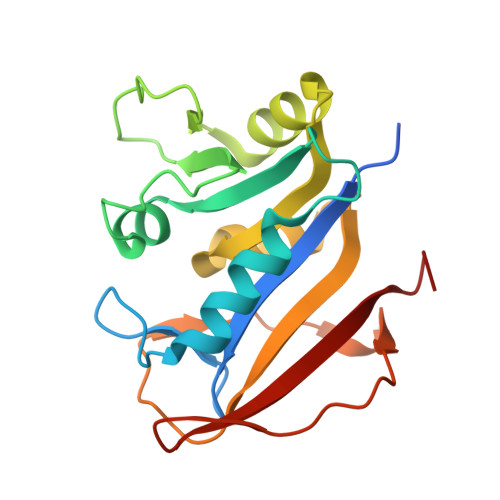A virtual screening strategy to repurpose antifolate compounds as W.bancrofti DHFR inhibitors.
Kwarteng, S., Wilhelm, J., Salama, M., Salama, M., Hollander, K., Anderson, K.S., Goodey, N.M., Frey, K.M.(2025) Bioorg Med Chem Lett 129: 130370-130370
- PubMed: 40812516
- DOI: https://doi.org/10.1016/j.bmcl.2025.130370
- Primary Citation of Related Structures:
9MLM, 9MLT, 9ONI, 9OOI - PubMed Abstract:
Lymphatic filariasis, caused by Wuchereria bancrofti, remains a global health challenge. The enzyme Wuchereria bancrofti dihydrofolate reductase (WbDHFR) is a potential therapeutic target due to DHFR's critical role in folate metabolism and DNA synthesis. In this study, we employed a virtual screening workflow to repurpose antifolate compounds as WbDHFR inhibitors. Using structural data from the Protein Data Bank, we constructed a library of 194 antifolates and docked them to the WbDHFR folate binding site. Compounds methotrexate, TSD001, TSD10, and TSD25, with docking scores ranging from -9 to -8 kcal/mol, were selected for experimental validation. Inhibition assays demonstrated nanomolar activity with methotrexate and low micromolar activity with TSD001 (K i = 1 μM). Crystallographic studies revealed high-resolution structures of WbDHFR in complex with methotrexate (2.4 Å), TSD001 (2.9 Å), TSD10 (1.8 Å) and TSD25 (2.1 Å), providing detailed insights into binding interactions. Major interactions common for the inhibitors include hydrogen bonds with Glu32. These findings highlight the effectiveness of the virtual screening workflow and establish a foundation for optimizing these antifolate compounds for WbDHFR inhibition. This workflow can be applied to other parasitic DHFR enzymes, advancing drug discovery efforts against neglected tropical diseases.
- Department of Chemistry and Biochemistry, Montclair State University, Montclair, NJ, USA.
Organizational Affiliation:


















